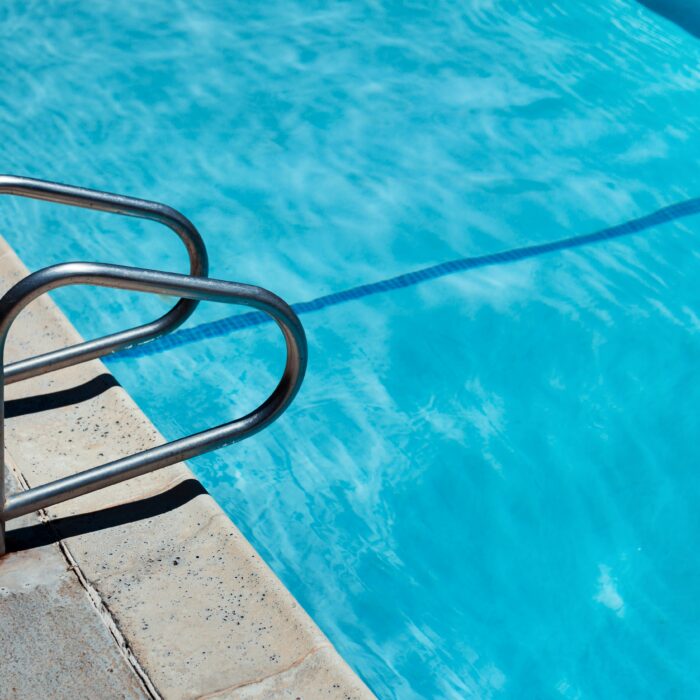You have no items in your cart. Want to get some nice things?
Go shopping
My wife has long told me that I should have been a foot model. She now suggests that it wouldn’t hurt for me to consider it as a late-onset career choice. At the very thought, I conjure up images of my bare feet appearing in issues of the AARP Magazine. I might even go international and find an agent who can gain me access to the Irish Senior Times. Detracting from my enjoyment of my wife’s compliment is that she may be somewhat of a fetishist, as her standards deviate from those established by orthopedic and podiatric experts.
While I am not banking on a career showcasing my feet, I don’t reject her appreciation for what she finds to be an attractive part of my body. Only an ingrate would reject well-meant kind words, even if derived from an idiosyncratic source. The fact that my feet are somewhat bigger than average offers a conclusive answer to the query, “Does size matter?”
Ironically, despite her finding beauty in my feet, I struggle to find shoes that treat my feet right. I am at the age where 95% of the time I’m sporting athletic shoes, or as we called them back in my youth, sneakers. I’ve joined many of my contemporaries who have found a specific brand to be the holy grail for a good-fitting shoe. Generally, over the years, their size 11.5 2E is most comfortable for me. Sadly, for all the company’s emphasis on a good fit, I have discovered that there are subtleties in shoe comfort that the dimensions they proffer just don’t capture.
The problem is that despite the supposed aesthetic allure of my feet, the more discerning eye would identify me as a pronator. I discovered this nugget of wisdom as a child, when my family doctor first diagnosed me with flat feet, now more commonly labeled in polite shoe-fitting circles as overpronation. This foot affliction has made it difficult to fit me. Once I find a shoe that works for me, I don’t just buy one—I order a few backup pairs. This is because it is common in the profit-hungry world of apparel companies, even those that used to flaunt a made-in-the-USA logo as a badge of honor, to frequently shuffle sources of production around the globe seeking ever-lower manufacturing costs. While this approach to manufacturing may yield more profit, my experience suggests, it introduces inconsistencies in the way shoes fit. Manufacturers respond to these variations by proclaiming them to be enhancements to their original successful models, simply adding a new “version” (“V”) number to the old model number and tossing the original out the window.
So, when Version 2 of my very favorite sneakers disappeared without warning, I immediately took action to ensure an unbroken supply of good-fitting shoes. I ordered a Version 3 pair from an online store to test out the feel of this new version, despite having two unworn backup pairs of Version 2s in my closet. I complimented myself on my rapid response to the moment that I hoped would never come. As soon as Version 3 arrived, after a brief prayer to the shoe gods, wherever they may reside, I tried them on. While there was a general fit, sadly, it fell far short of the Version 2 standard. My first thought was to attribute the poor fit to their just needing to be broken in and then stored them away, paying no more attention to the matter for quite a while.
Two years passed before I exhausted my backup supply of Version 2’s, soles worn low by the wear and tear of the long stretches of sidewalk pavement walked outside the gym since the advent of COVID. Withdrawing the Version 3’s from my closet, I tried them on for two hours until I just couldn’t ignore the pain they caused. I began a search for substitute models from the many manufacturers who offer a return guarantee so that I could put them through their paces within the confines of my home. Armed with my top candidates, I consulted with my podiatrist hoping for sage advice. He offered little more than an empathic “sorry” accompanied by a headshake. A gesture equivalent to, “If the shoe fits, wear it.” His bill, of course, was unaffected by his lack of shoe solution.
Not giving up, I went to the internet, hoping to find a new pair of Version 2’s on eBay. No such luck! The best I could do was find a seller who offered a relatively high-priced, used pair in black and gray, not my preferred color combination. His extensive set of pictures for the item showed little wear and he provided authentication from an expert (whatever qualifications that required). Overcoming my repulsion at the thought that I ever could be so desperate as to buy and wear someone else’s used shoes, I took the plunge.
Despite the pictures, I expected smelly shoes and composed an extensive, advanced decontamination plan. To my delight, upon delivery, I found them to be almost pristine and bearing the odor of new shoes. A fancy authentication tag dangled from the fresh laces, adding a touch of officialdom.
After dousing the shoes thoroughly with a disinfectant and letting them dry out for a few days, I cautiously slipped my feet into them. They did not possess the cozy embrace of my old Version 2’s, but I sensed potential after a few hours of breaking them in. That turned out to be true. The only hitch is that, even after the break-in period, sporadic thoughts about the shoe’s past life with its previous owners (who knows how many there were) sneak into my mind.
I can’t help but ask myself, “Why were these fine shoes put up for sale?” Grim answers come quickly: the previous owners met their maker, or they were financially desperate, or suffered from incurable edema, or required a foot amputation. Or, perhaps, these shoes were a thief’s closet bounty. Worst of all echoes of an old and spooky “Twilight Zone” episode (#83) called “Dead Man’s Shoes” dart through my mind. Let’s just say that the shoe haunting depicted in this episode does not end well for the person wearing them.
Although the sense of eeriness doesn’t go away, these thoughts are my problem, not a problem with the shoes. I find myself frequently scanning websites that offer refurbished products, hoping, no praying, that other such pairs of shoes appear, so that I can, once again, store backup pairs in my closet, preferably in different colors. It’s been weeks of searching so far and no luck. There are many 9 D’s available and even an 11.5 4E, but no 11.5 2E’s. My quest continues.
Harvey Lieberman
Harvey Lieberman, PhD is a clinical psychologist and mental health administrator. His work has been recognized by major national awards and he has held visiting professorships at multiple universities. His private practice supports clients in preparing and publishing their remembrances.




